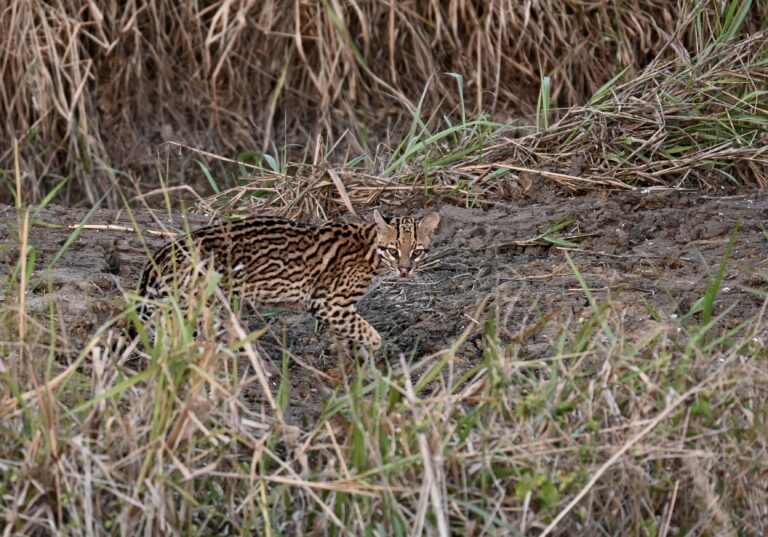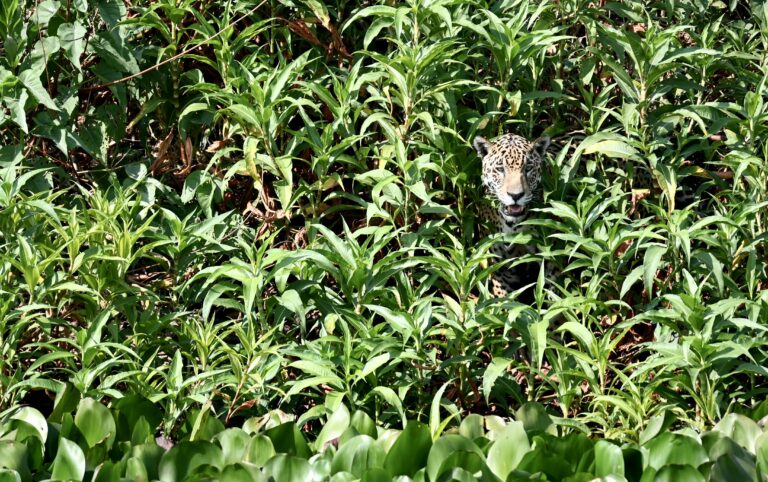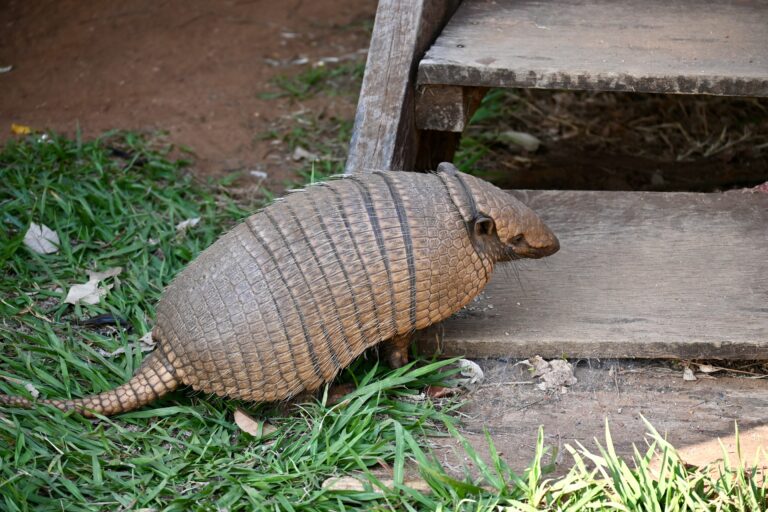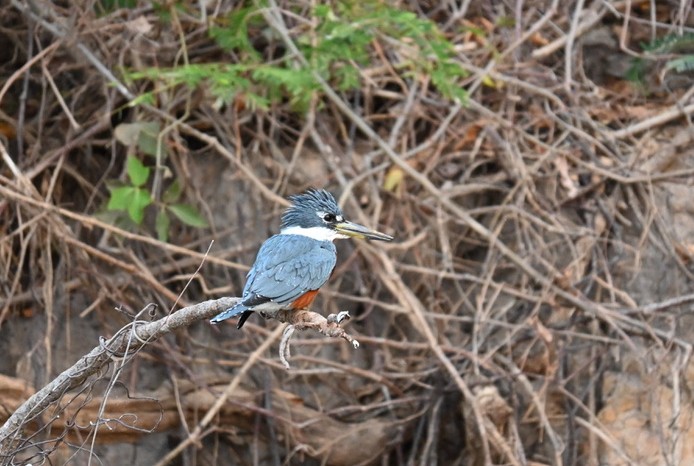By Clara Moore, Safari Specialist for The Wild Source
Being an Africa enthusiast, I hadn’t spent much time in our closer neighbor, South America. So, when I was offered the chance to visit the wildlife rich Pantanal in Brazil, I knew it was an opportunity I couldn’t pass up. With my only other South American experience being the magic of the Galapagos Islands, I had very high expectations and this new adventure did not disappoint.
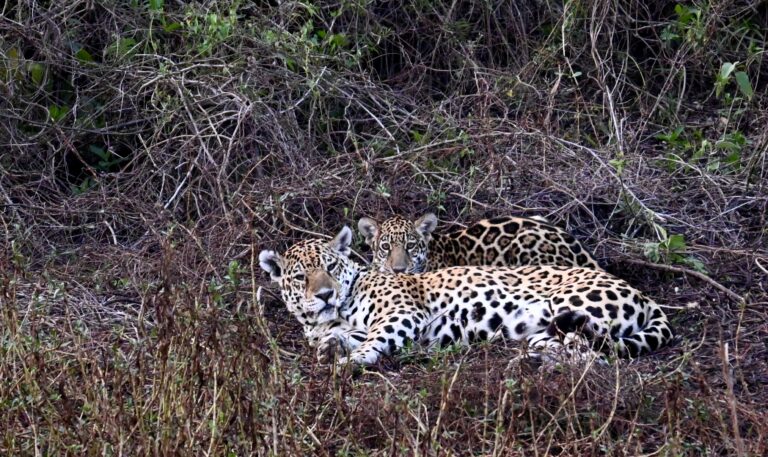
The Pantanal is the world’s largest tropical wetland at over 42 million acres, covering areas across three countries: Bolivia, Paraguay, and Brazil and is one of the last pristine wetland areas left in the world. Wetlands provide critically important ecosystem services including, but not limited to, carbon sequestration, regulation of water flows, natural water purification, and spreading of essential nutrients to surrounding floodplains.
Wetlands also house a diverse and extensive array of flora and fauna, many of which are threatened. The Pantanal is one of the last strongholds for many species and they are under constant threat from agriculture, cattle ranching, water pollution, etc. The need for conservation and awareness is high and one of the best ways to advocate for something is to have firsthand experience to share with others.
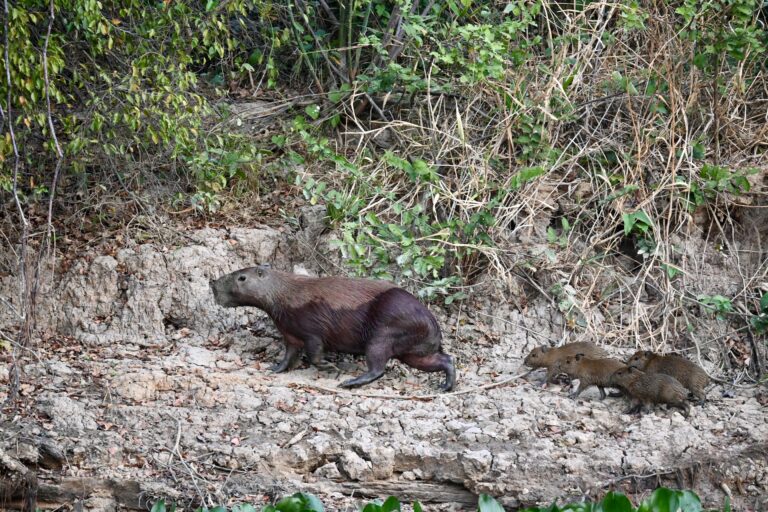
As I set foot in this rugged and remote region, I wasn’t sure what to expect but it truly exceeded my expectations. I witnessed at least one new (to me) species every day for ten days in a row, which as a wildlife biologist and extensive traveler was unmatched and mind-blowing. It was incredible to wake up on a boat in the middle of South America, gently rocking and listening to the sounds of nature as the bush came alive knowing that the day held unpredictable excitement.
Each day held new surprises, and no two days were the same. Each animal in this wetland ecosystem has unique adaptations to live in this environment and I could see them all at play while observing and admiring this distinct and fully functional ecosystem. This was its own kind of safari; while different than an African safari in many ways, it was just as rewarding and fleshed out my animal ‘life list’ extensively.
Some of my highlights included a 3 month old jaguar cub swimming right in front of our boat, a mother jaguar with two cubs, getting to collar an ocelot with Ocelot Research, finding a tapir and a giant anteater with a baby during a night drive, seeing armadillo mating behavior, watching giant river otters eating fish and exhibiting territorial displays, seeing wild guinea pigs grazing, listening to our guide Fred play music each night and eating (a lot) of Brazilian cheese bread.
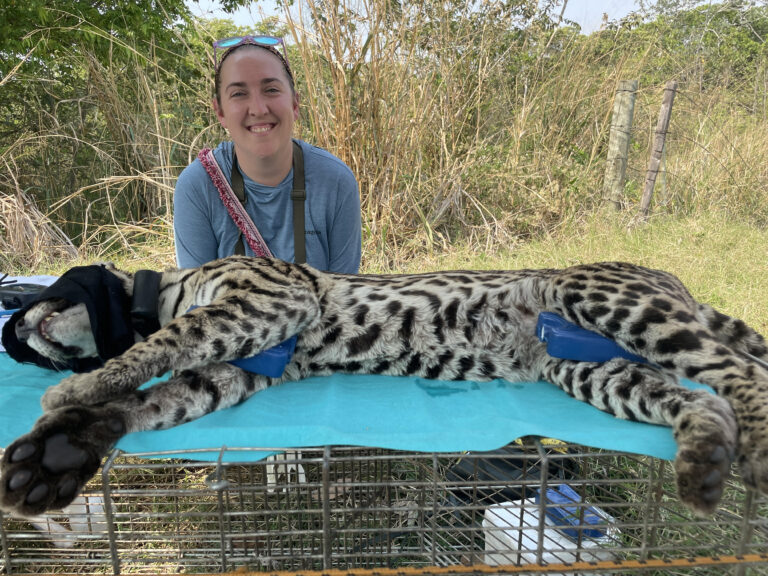
I cannot recommend this experience highly enough for those hoping for a wildlife filled adventure with shorter international travel logistics. Over two hundred species of colorful birds will awe even the most resistant birdwatchers, including the largest parrot on the planet, the hyacinth macaw. The cats make themselves known from the majestic jaguars to the sneaky ocelots. I saw 20 jaguars and 19 ocelots on my trip alone, along with 22 other mammal species.
If you’re lucky you can witness the elusive tapir, South America’s largest land mammal, swim across the river channel while wild guinea pigs graze on shore and monkeys chatter overhead. This is a one of a kind, possibly once in a lifetime experience with bucket list wildlife sightings that you’re unlikely to experience in this magnitude anywhere else in the world. With less than 5% of the Pantanal being protected between Ramsar, UNESCO, and Biosphere Reserves, this sensitive and critically important region needs advocates to make sure it can stay preserved and continue to provide food, resources, clean water, and critical wildlife habitat for generations to come.
